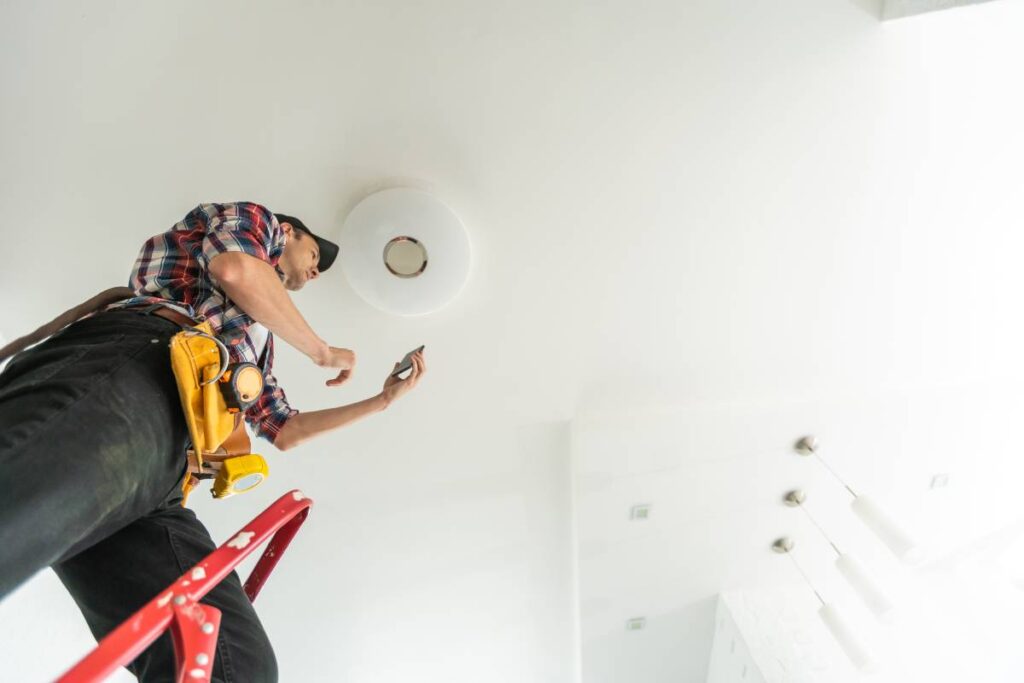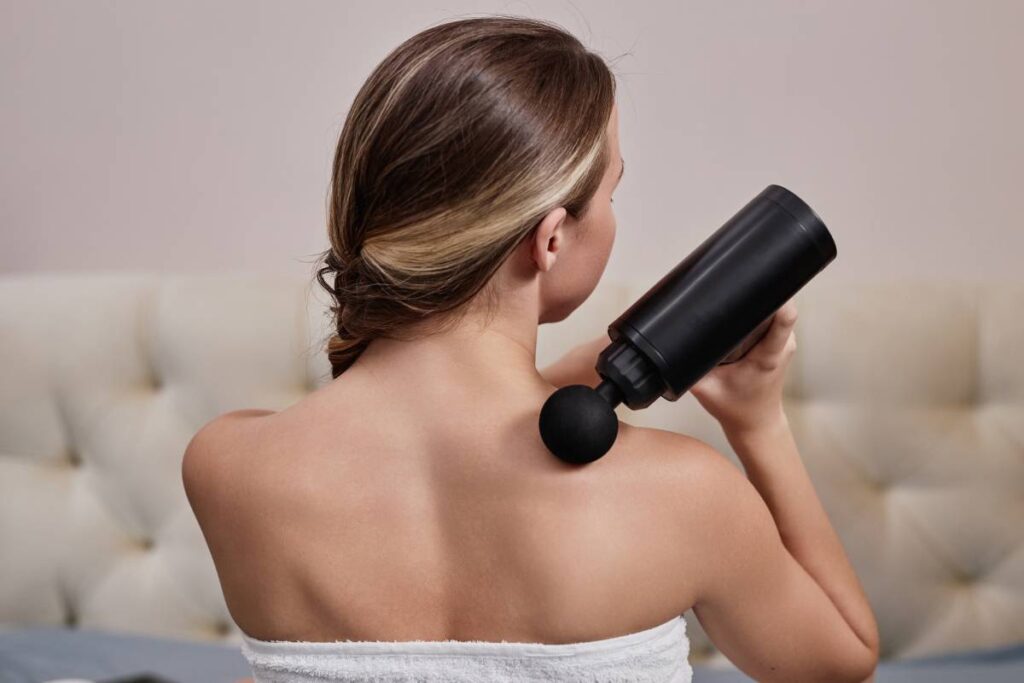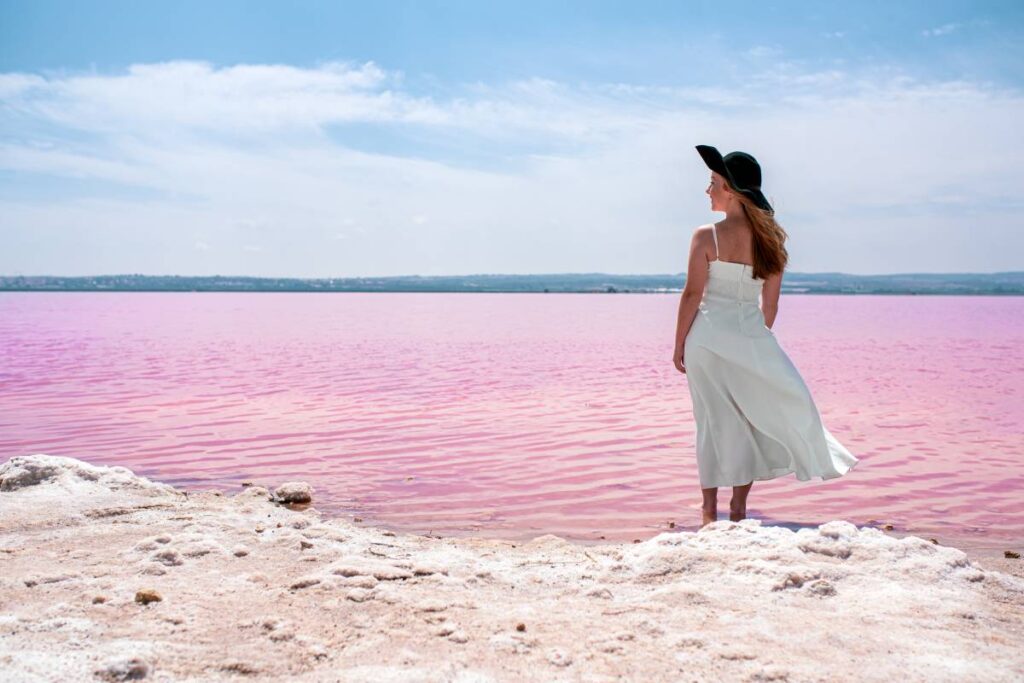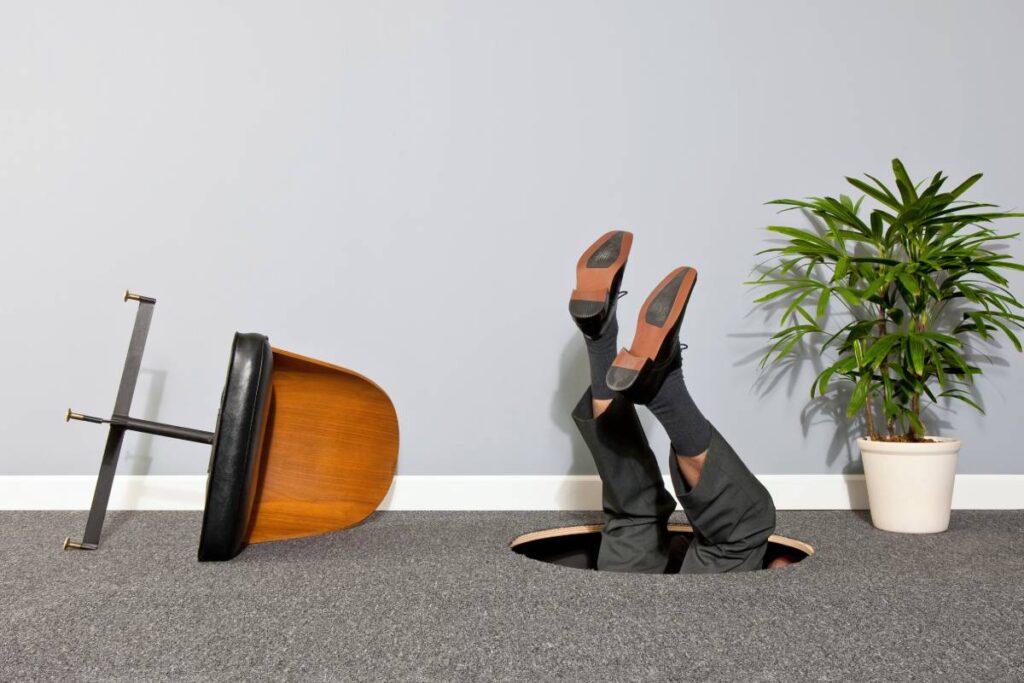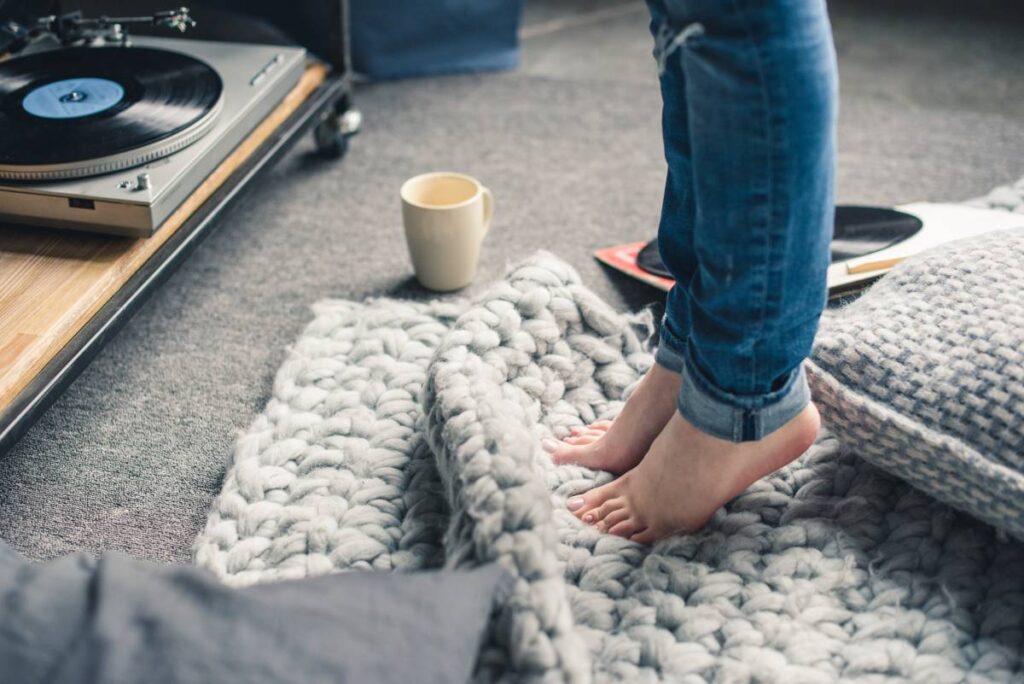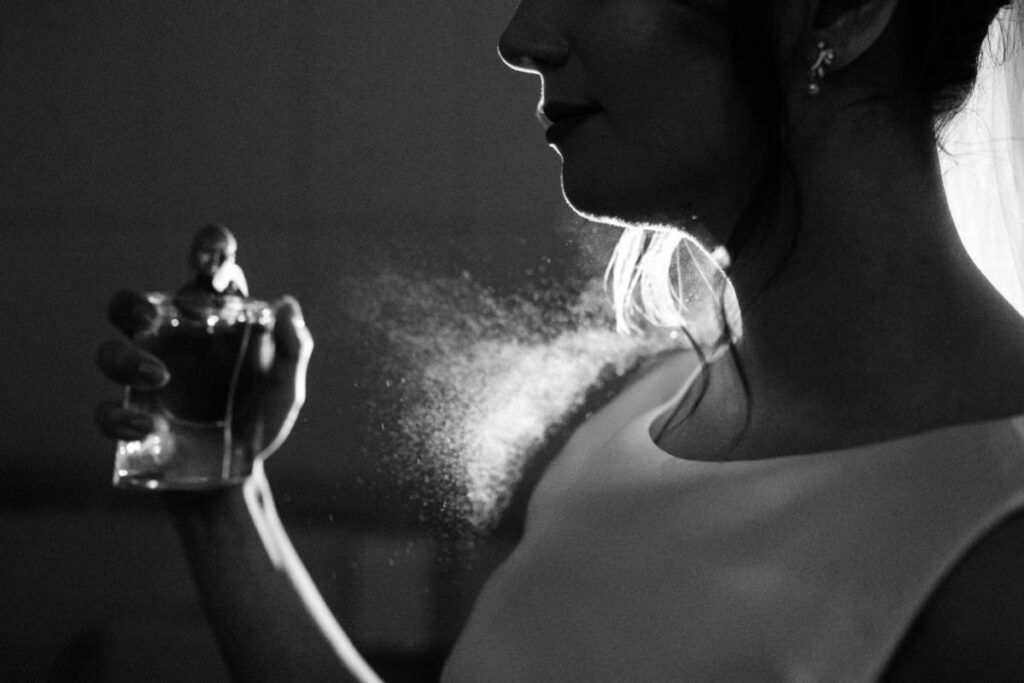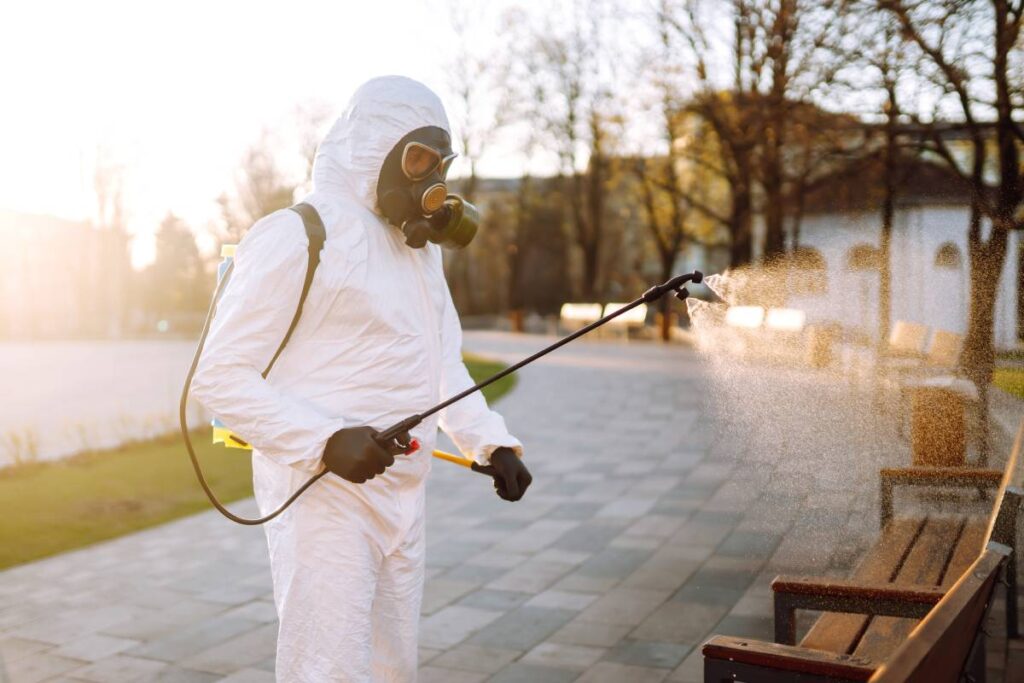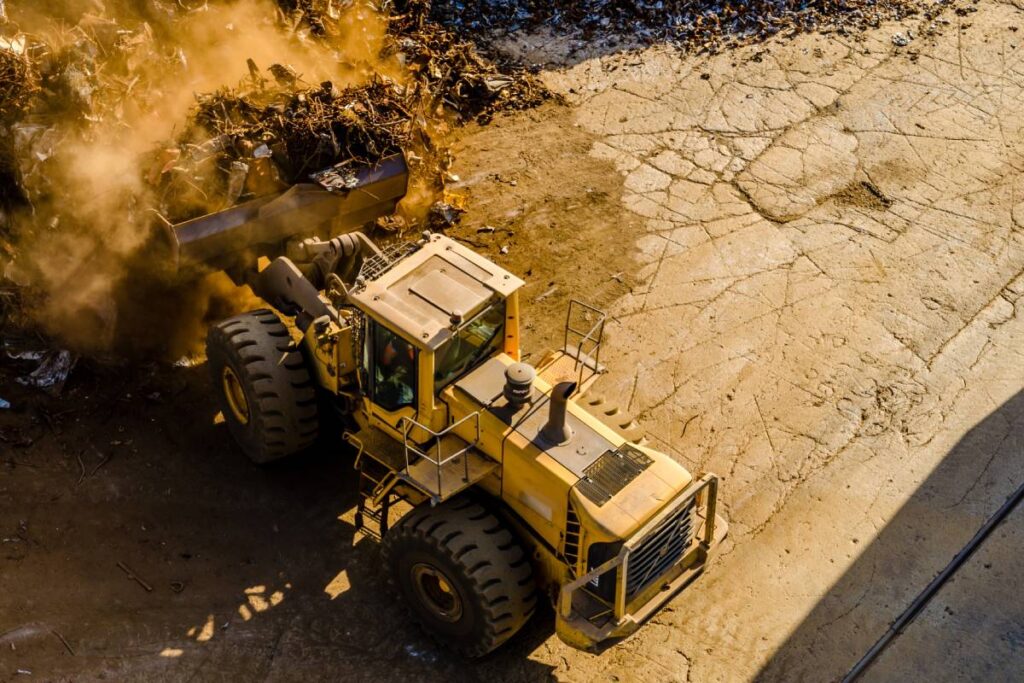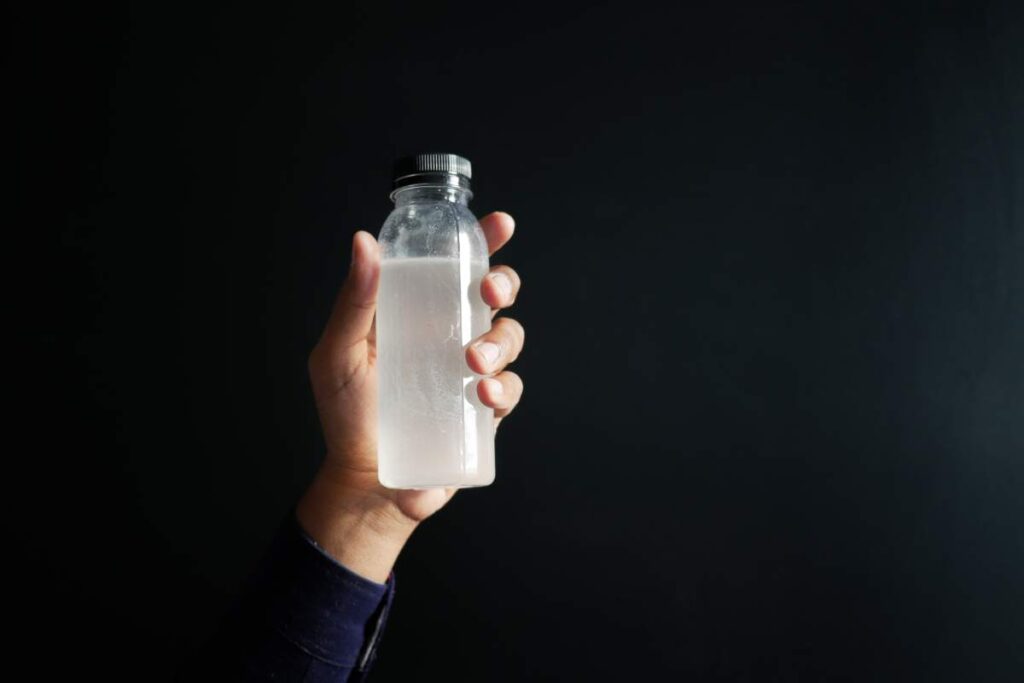What Is the Best Paint for Wood?
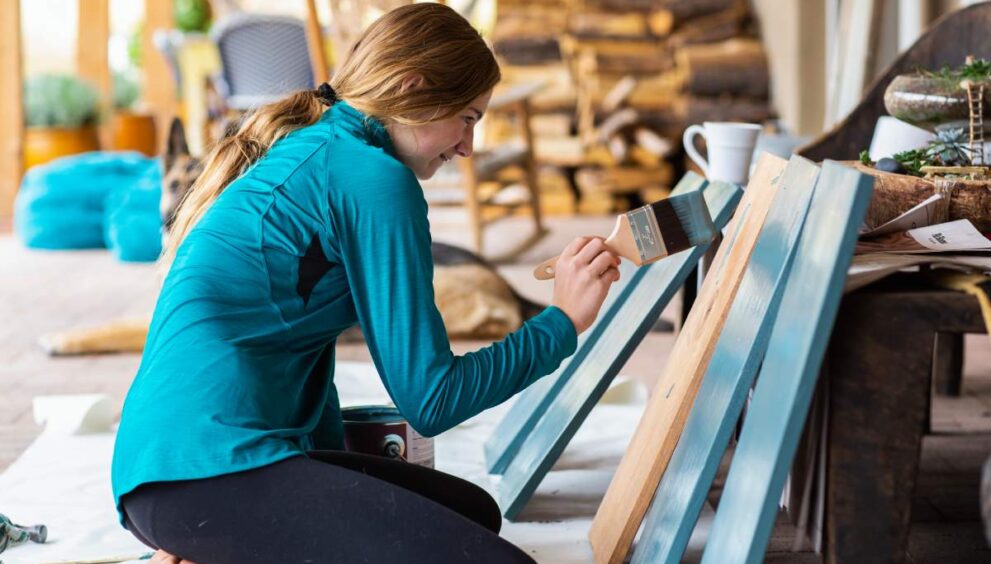
Wood surfaces are used everywhere, from furniture and cabinetry to walls, decks, and outdoor structures. Finding the best paint for wood depends on multiple factors like the type of wood, its location (indoor or outdoor), and the desired finish.
Choosing the correct paint ensures durability and a beautiful, long-lasting finish. Here’s a comprehensive look at the best paint options for wood surfaces.
Types of Paint for Wood Surfaces
There are two main types of paint suitable for wood: oil-based and water-based. Each has its unique advantages and ideal applications.
- Oil-Based Paint: Known for its durability and rich finish, oil-based paint is perfect for high-traffic areas and moisture-resistant wood surfaces. It’s often used on doors, trims, and furniture. However, oil-based paint takes longer to dry and has a stronger odour, which may require good ventilation during application.
- Water-Based Paint: This paint type is more eco-friendly, easier to clean up, and faster drying. Acrylic paint is a popular water-based option that offers flexibility and a smooth finish. It’s widely used for indoor furniture, cabinets, and walls and can be an ideal choice for wood that may expand or contract over time.
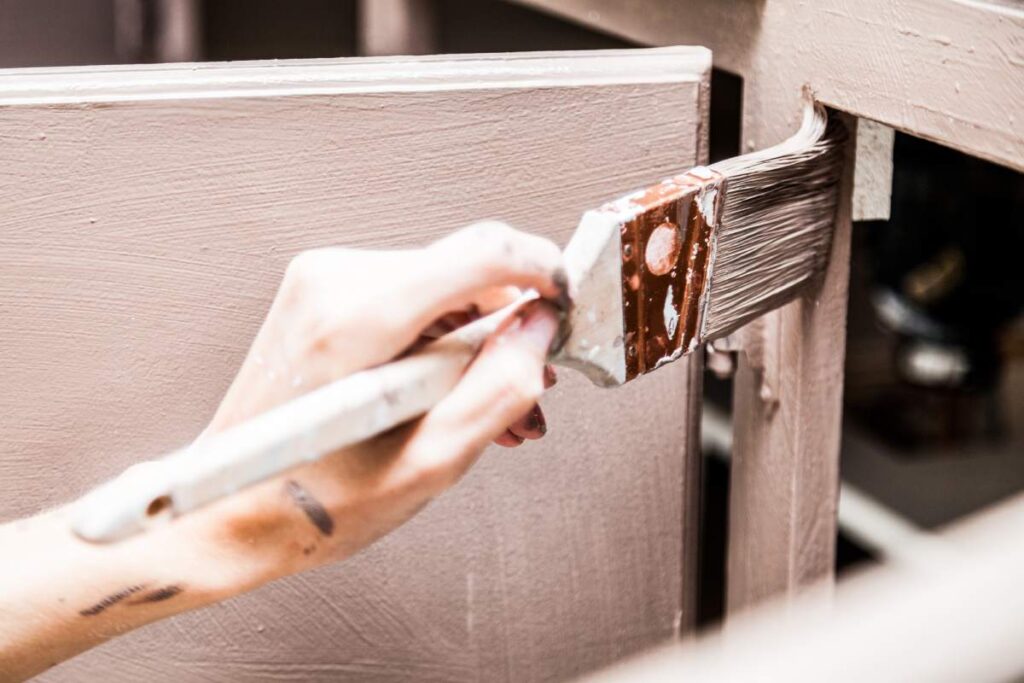
Best Paint Options for Different Types of Wood Surfaces
Each type of wood surface calls for specific paint to ensure optimal appearance and longevity.
- Interior Furniture and Cabinets: For indoor furniture, a semi-gloss or satin finish with water-based acrylic paint is an excellent choice. These finishes strike a balance between durability and a smooth, appealing look. Satin provides a subtle sheen, while semi-gloss is slightly more reflective and easy to clean, making it ideal for furniture that sees frequent use.
- Outdoor Furniture and Decks: Exterior wood requires paint that can withstand the elements. Exterior-grade oil-based or acrylic latex paint works well here. Both types provide excellent protection against moisture, temperature changes, and UV exposure. Oil-based paint will offer a more robust finish, but water-based acrylic latex is better for areas with frequent humidity changes, as it can flex with the wood.
- Doors and Trims: For doors and trims, which experience a lot of wear, high-gloss enamel paint is durable and easy to clean. Oil-based enamel is highly resistant to dings and scuffs, which can be ideal for trim work, though water-based enamel is increasingly popular due to its lower VOC content and ease of cleanup.
- Walls and Paneling: For wooden walls and panelling, latex paint with a satin or eggshell finish works well. These finishes are durable and provide enough sheen to highlight the wood grain while being easy to maintain.
Speciality Paint Options for Unique Wood Projects
Some wood projects require speciality paints designed to offer extra protection or achieve a specific finish:
- Milk Paint: Made from natural ingredients, milk paint is ideal for achieving a rustic, aged appearance. It’s eco-friendly and can be used on both indoor and outdoor wood furniture. However, it may require a bonding agent to adhere well to surfaces.
- Chalk Paint: Known for its matte, vintage look, chalk paint is often used on indoor furniture. It requires little to no surface preparation, making it ideal for DIY projects. A coat of wax or polyurethane topcoat can enhance durability.
- Polyurethane Paint: For projects where high durability is key, especially for surfaces exposed to water or heavy use, a polyurethane topcoat over oil-based or water-based paint provides excellent protection. Polyurethane is often applied as a clear coat, preserving the colour and enhancing durability.
Choosing the Right Paint Finish for Wood Surfaces
The paint’s finish affects both the look and durability of the wood surface. Here’s a quick guide on the best finishes for various wood projects:
- Matte or Flat Finish: Ideal for rustic or vintage furniture but not very resistant to moisture or scuffs.
- Eggshell: Provides a slight sheen, making it suitable for low-traffic walls and panelling.
- Satin: Great for furniture and cabinets, offering durability with a low-sheen finish.
- Semi-Gloss: Durable and easy to clean, ideal for doors, trim, and high-traffic furniture.
- High-Gloss: Best for high-impact areas such as doors and cabinetry, as it’s durable and easy to wipe clean.

Tips for Painting Wood Surfaces
To achieve the best results, follow these preparation and application tips for painting wood:
- Surface Preparation: Begin by cleaning the wood surface and sanding it to ensure even paint adhesion. Use a medium-grit sandpaper (like 120-150 grit) for furniture and finer sandpaper (220 grit) for smoother finishes.
- Primer: Priming is essential, especially if the wood is bare or if the surface is stained. Primer helps the paint adhere better and ensures a more even colour.
- Use High-Quality Brushes or Rollers: For water-based paints, synthetic brushes work well, while oil-based paints apply best with natural bristle brushes. Using the right tool prevents streaking and uneven application.
- Thin Coats and Patience: Apply thin coats of paint and allow adequate drying time between layers. Two to three coats are usually sufficient, depending on the type of wood and paint colour.
Environmental Considerations
When choosing paint, keep in mind the Volatile Organic Compounds (VOC) levels. Oil-based paints traditionally have higher VOC levels, which can be harmful in poorly ventilated spaces. If indoor air quality is a concern, look for low-VOC or zero-VOC paints, which are safer and better for the environment.
Protective Topcoats for Wood Paint
Applying a topcoat over painted wood can greatly extend its life. Here are common options:
- Polyurethane: Available in water- and oil-based varieties, polyurethane provides a durable finish, ideal for furniture, tabletops, and outdoor wood surfaces.
- Wax: Often used with chalk or milk paint, wax gives a soft, buffed finish that works well on furniture and cabinets. It needs periodic reapplication for lasting protection.
- Varnish: Traditional varnish offers a robust finish for exterior wood. It withstands UV exposure, making it perfect for decks and outdoor furniture.
Best Brands for Painting Wood
Several reputable brands specialize in paints for wood surfaces, offering various finishes and durability levels. Some of the top brands include:
- Benjamin Moore: Known for high-quality finishes and durability, especially in their ADVANCE line for furniture and cabinetry.
- Sherwin-Williams: Offers a wide range of paints suited for both indoor and outdoor wood, with durable options in semi-gloss and high-gloss.
- Rust-Oleum: A great option for DIY furniture projects, known for its speciality chalk paint and milk paint options.
- Behr: Excellent for exterior projects with strong weather resistance.

Common Mistakes to Avoid When Painting Wood
Achieving a high-quality finish on wood involves careful technique and attention to detail. Here are a few mistakes to avoid:
- Skipping Primer: Especially for untreated or stained wood, primer is necessary to prevent blotchiness and improve paint adhesion.
- Not Sanding Between Coats: Lightly sanding between coats (with fine-grit sandpaper) ensures a smooth final finish.
- Applying Too Thick of a Coat: Thick layers may cause drips or an uneven texture. Thin, even coats are best.
Final Thoughts
Choosing the best paint for wood depends on the type of wood, its use, and the desired finish. By selecting the right paint and following proper preparation techniques, you can ensure a durable and attractive finish that stands the test of time.
Whether you’re transforming a piece of furniture or adding colour to outdoor spaces, taking the time to pick the best paint for wood can make all the difference in your project’s outcome.

